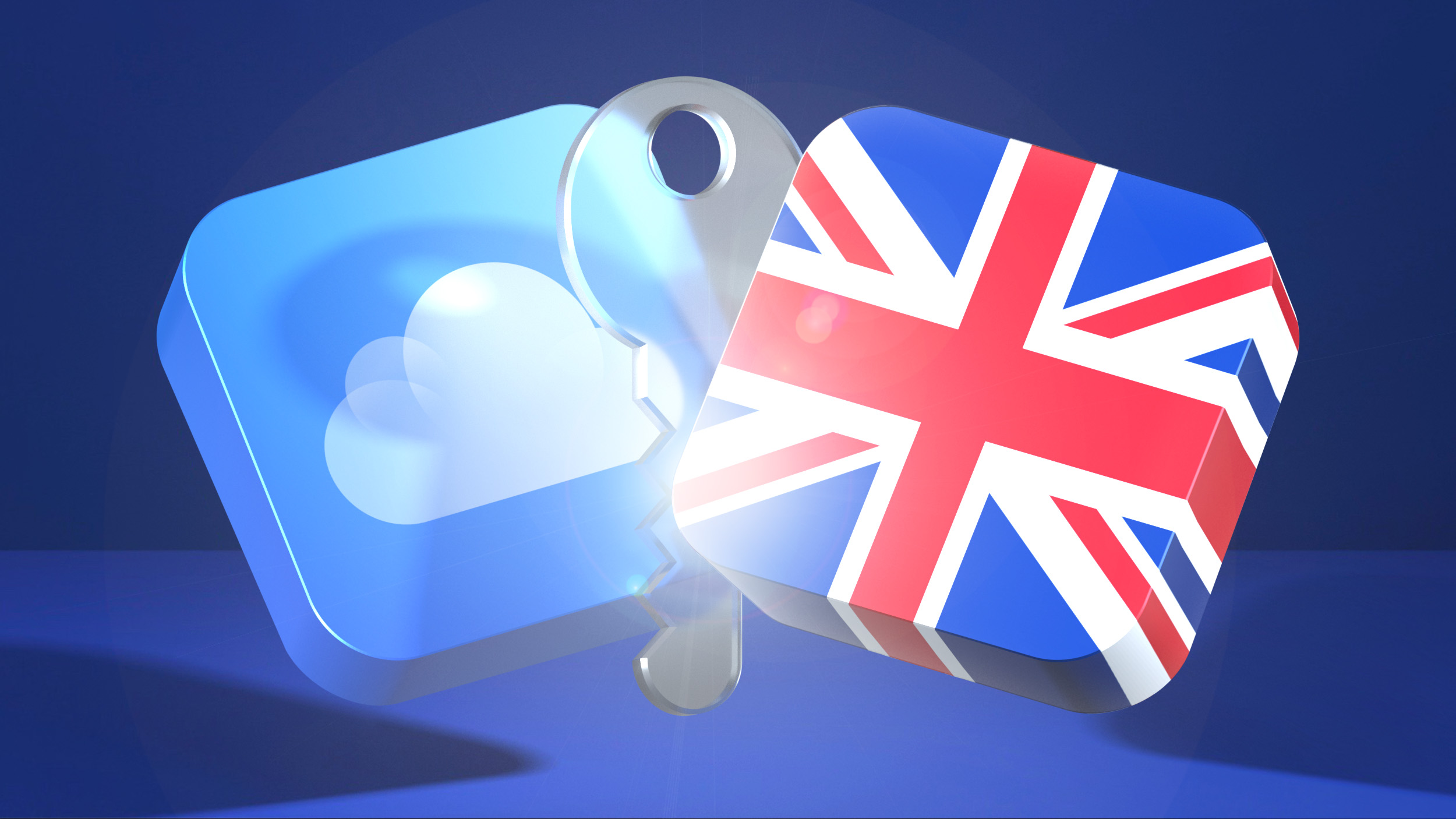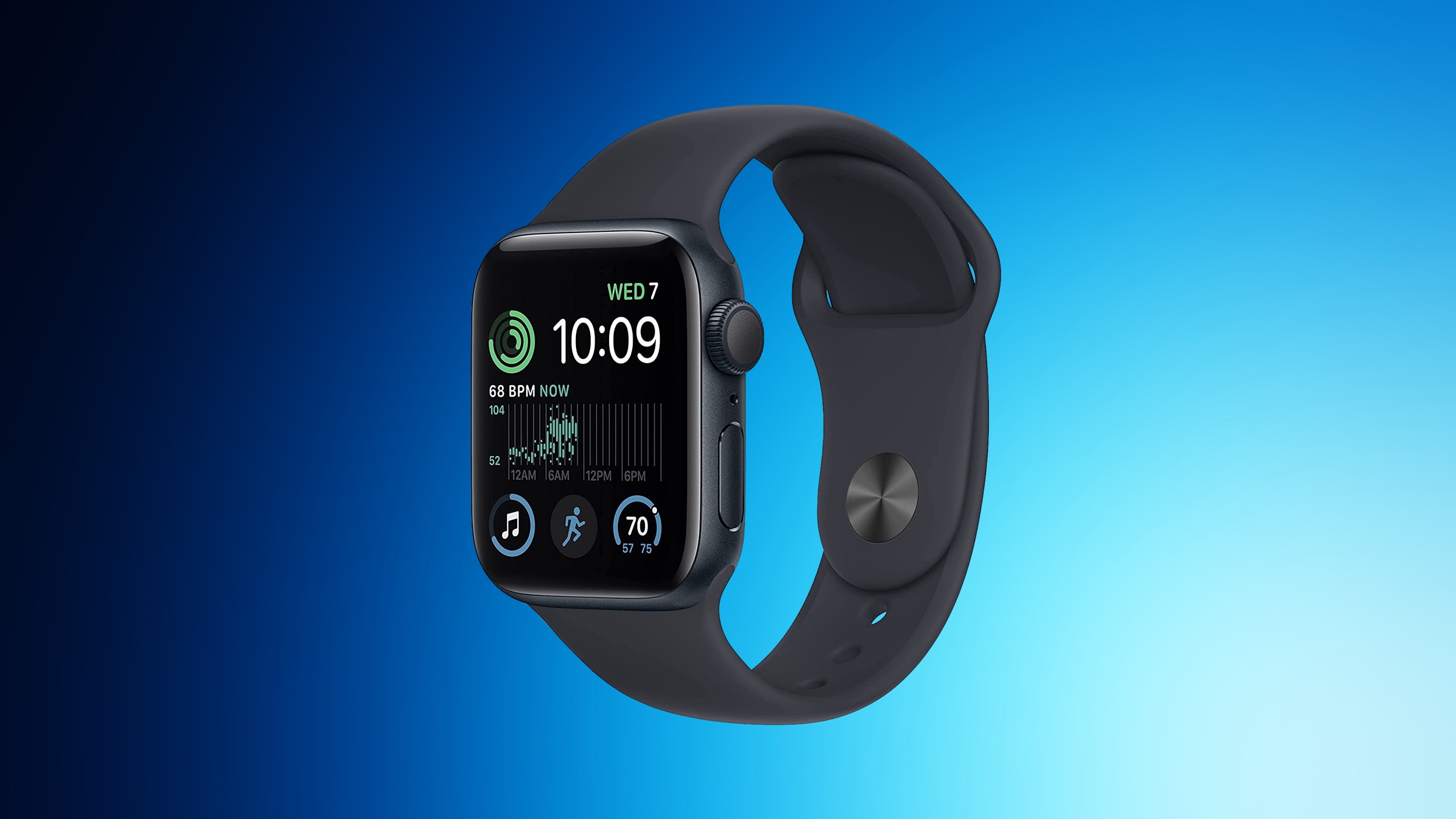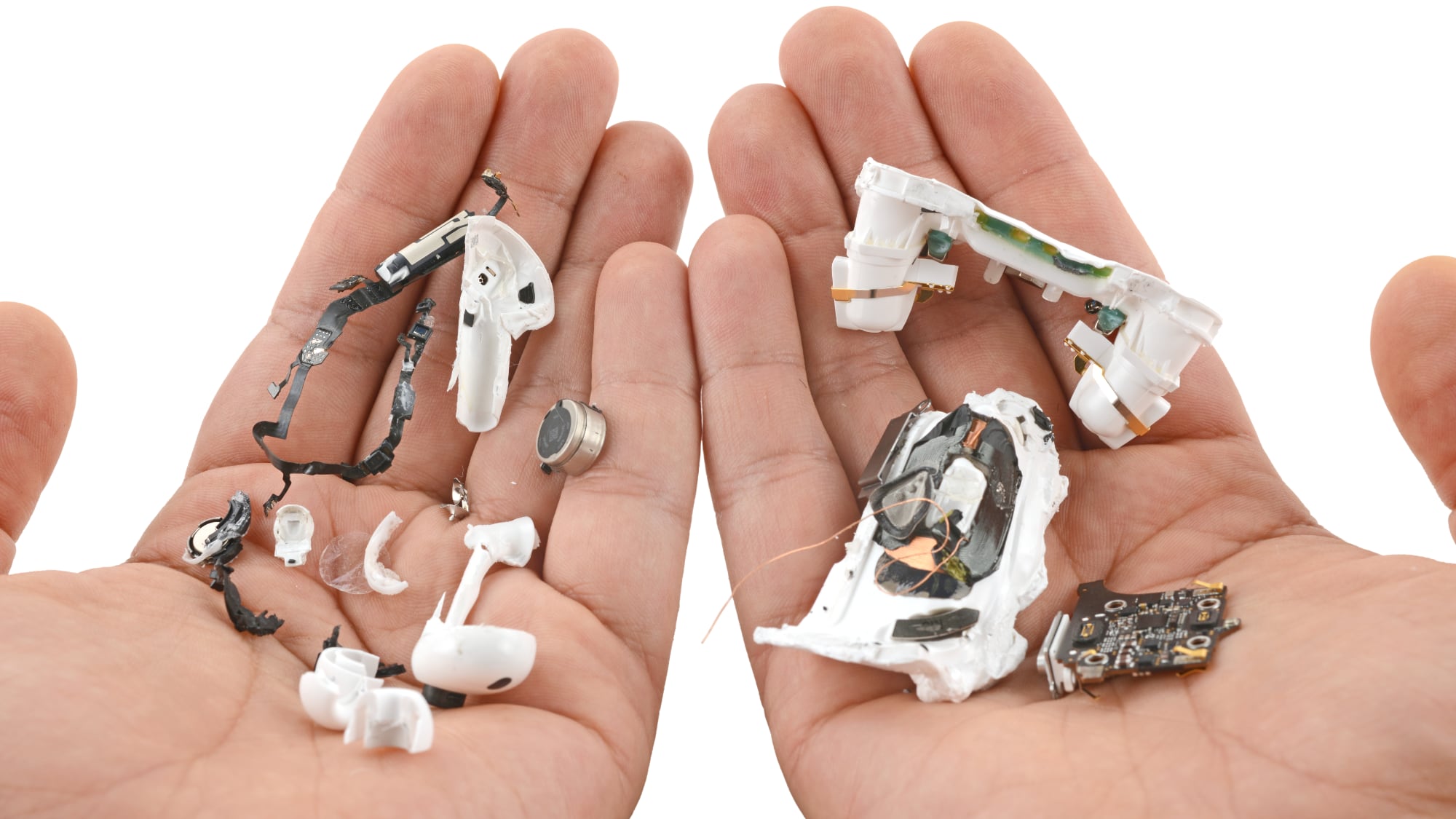The GW100 got a “technical update”, which means that all exercises are now running on the newest SAP S/4HANA available today. In addition, the slides now follow the newest design guidelines of SAP. So, welcome to this short blog post about the customer training GW100 (SAP Gateway – Building OData Services).
If you are more interested in a digital learning for SAP Gateway, please read my blog post:
SAP Learning Journey – Building OData Services with SAP Gateway
Introduction
Starting in 2014, this is now the eighth incarnation of how to develop OData services with SAP Gateway. The course shows all parts of SAP Gateway, which are available since SAP NetWeaver Application Server 7.0 (SAP Gateway 2.0), as well as parts added up to SAP S/4HANA 2023. The whole bandwidth of SAP Gateway covering all releases is shown.
The units in the current version are the following:
SAP Gateway OverviewOData OverviewSAP Gateway Service ImplementationSAP Gateway Service GenerationSAP Gateway Service RedefinitionSAP Gateway and CDS ViewsSAP Gateway Hub FunctionalitiesAdvanced OData OptionsSAP Gateway SecurityFurther Information
If customers are interested, they can order a customer specific version of the course including only those topics suitable for their release or purpose.
System Landscape
Let’s start with the system release: SAP S/4HANA 2023 FPS02. Our system landscape – we call it universal target – is used in many technology courses and offers full access for the participants from the SAP Fiori launchpad (FLP) in the browser down to SAP HANA on the SUSE Linux Enterprise server (SLES). Everything is set up following the newest guidelines of SAP so that it can really act as a template for customers.
GW100 System Landscape (Screenshot from System Setup Guide)
In addition, we offer an instance of the SAP Business Application Studio (BAS) to show the consumption of OData services. If you want to know more about this topic, check out our courses for SAP Fiori development.
Example: Business Services
As an example from the material, here a shorten excerpt about defining business services.
Business Services: OData V2 and V4 (Screenshot from GW100)
In the area of business services, a service definition exposes CDS Views as a generic service. A service binding then marks it as a special kind of service. You can create an OData V2 or V4 service for API- or UI-usage. Service definitions and bindings are created in the ADT, the generated OData services are registered in transaction /IWFND/MAINT_SERVICE or /IWFND/V4_ADMIN respectively.
How to Create a Service Definition and Binding (Screenshot from GW100)
Service definitions and bindings are ABAP repository objects and a substantial part of the business services. They can only be created and edited in the ADT. In the first step, the service definition just defines the name of the service. The CDS views are added later in the source code.
In the second step, the service binding refers to the service definition and sets the binding type, which are mainly communication protocols.
Service Definition and Binding Correlation (Screenshot from GW100)
By exposing a CDS View in a service definition, the name of the entity set can be defined. For the entity type, “Type” is automatically appended to the entity set name.
The entity set names and navigation properties based on the associations in the CDS views are visible in the service binding on the right. For OData V2, multiple versions of a service definition can be added to a service binding visible on the left. For OData V4, multiple service definitions can be added to one service binding to allow cross-service navigation.
Summary
If you have read so far, it seems that you are really thinking about attending the course. Don’t hesitate and check out the physical and virtual events we offer:
https://training.sap.com/course/GW100
If you are more interested in a digital learning, please visit https://learning.sap.com. Some parts of the GW100 are already available free-of-charge:
https://learning.sap.com/learning-journeys/building-odata-services-with-sap-gateway
For any other questions around the offerings of SAP Learning Services, please jump to our community page and get in contact with us:
https://pages.community.sap.com/topics/training-certification
I hope even if you won’t attend the GW100 in any kind, you found some useful information around SAP Gateway in this blog post.
Happy learning
Stefan
The GW100 got a “technical update”, which means that all exercises are now running on the newest SAP S/4HANA available today. In addition, the slides now follow the newest design guidelines of SAP. So, welcome to this short blog post about the customer training GW100 (SAP Gateway – Building OData Services).If you are more interested in a digital learning for SAP Gateway, please read my blog post:SAP Learning Journey – Building OData Services with SAP GatewayIntroductionStarting in 2014, this is now the eighth incarnation of how to develop OData services with SAP Gateway. The course shows all parts of SAP Gateway, which are available since SAP NetWeaver Application Server 7.0 (SAP Gateway 2.0), as well as parts added up to SAP S/4HANA 2023. The whole bandwidth of SAP Gateway covering all releases is shown.The units in the current version are the following:SAP Gateway OverviewOData OverviewSAP Gateway Service ImplementationSAP Gateway Service GenerationSAP Gateway Service RedefinitionSAP Gateway and CDS ViewsSAP Gateway Hub FunctionalitiesAdvanced OData OptionsSAP Gateway SecurityFurther InformationIf customers are interested, they can order a customer specific version of the course including only those topics suitable for their release or purpose.System LandscapeLet’s start with the system release: SAP S/4HANA 2023 FPS02. Our system landscape – we call it universal target – is used in many technology courses and offers full access for the participants from the SAP Fiori launchpad (FLP) in the browser down to SAP HANA on the SUSE Linux Enterprise server (SLES). Everything is set up following the newest guidelines of SAP so that it can really act as a template for customers.GW100 System Landscape (Screenshot from System Setup Guide)In addition, we offer an instance of the SAP Business Application Studio (BAS) to show the consumption of OData services. If you want to know more about this topic, check out our courses for SAP Fiori development.Example: Business ServicesAs an example from the material, here a shorten excerpt about defining business services.Business Services: OData V2 and V4 (Screenshot from GW100)In the area of business services, a service definition exposes CDS Views as a generic service. A service binding then marks it as a special kind of service. You can create an OData V2 or V4 service for API- or UI-usage. Service definitions and bindings are created in the ADT, the generated OData services are registered in transaction /IWFND/MAINT_SERVICE or /IWFND/V4_ADMIN respectively.How to Create a Service Definition and Binding (Screenshot from GW100)Service definitions and bindings are ABAP repository objects and a substantial part of the business services. They can only be created and edited in the ADT. In the first step, the service definition just defines the name of the service. The CDS views are added later in the source code.In the second step, the service binding refers to the service definition and sets the binding type, which are mainly communication protocols.Service Definition and Binding Correlation (Screenshot from GW100)By exposing a CDS View in a service definition, the name of the entity set can be defined. For the entity type, “Type” is automatically appended to the entity set name.The entity set names and navigation properties based on the associations in the CDS views are visible in the service binding on the right. For OData V2, multiple versions of a service definition can be added to a service binding visible on the left. For OData V4, multiple service definitions can be added to one service binding to allow cross-service navigation.SummaryIf you have read so far, it seems that you are really thinking about attending the course. Don’t hesitate and check out the physical and virtual events we offer:https://training.sap.com/course/GW100If you are more interested in a digital learning, please visit https://learning.sap.com. Some parts of the GW100 are already available free-of-charge:https://learning.sap.com/learning-journeys/building-odata-services-with-sap-gatewayFor any other questions around the offerings of SAP Learning Services, please jump to our community page and get in contact with us:https://pages.community.sap.com/topics/training-certificationI hope even if you won’t attend the GW100 in any kind, you found some useful information around SAP Gateway in this blog post.Happy learningStefan Read More Technology Blogs by SAP articles
#SAP
#SAPTechnologyblog










